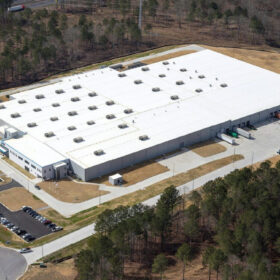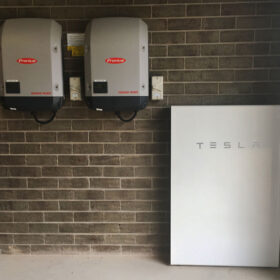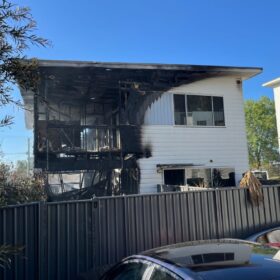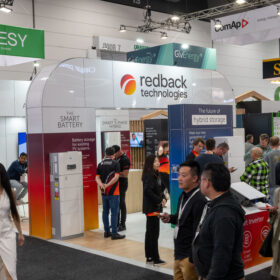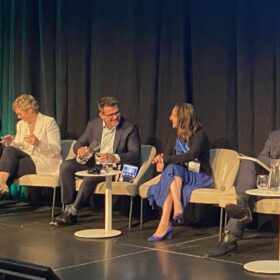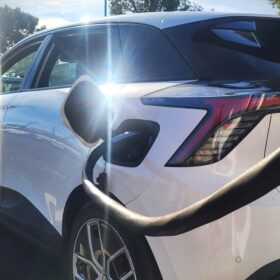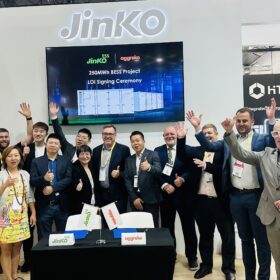Weekend read: Thin prospects
The production of PV ingots and wafers remains the most highly concentrated of all the production stages in the silicon solar supply chain. Yet efforts to re-establish production in Europe and the United States are not for the faint-hearted.
Energizer Solar’s new hybrid battery & inverter land in Australia, launching its home ‘ecosystem’
Energizer Solar, the licensee for US battery giant Energizer, has selected Australia as the first market to launch its renewable home ‘ecosystem.’ Including new hybrid inverters, a hybrid battery, solar panels, and soon an EV charger, the product suite has been certified and is landing on Australian shores “as we speak,” Gavin Owen, Energizer Solar’s Head of APAC Sales, told pv magazine Australia.
NSW commits to improve approvals process for renewables projects
New South Wales has committed to reform the planning approvals process for renewable energy developments amid criticism that the current process isn’t fit for purpose and is slowing the state’s transition from coal-dominated generation to a renewables-dominated grid.
NT scheme sets pace for residential solar battery storage adoption
The Northern Territory has emerged as the national leader in solar battery adoption with more than 30% of homes and businesses with rooftop solar systems having now installed a battery.
‘Compromised’ battery blamed for fatal house fire
Investigators from Fire and Rescue New South Wales have determined a compromised lithium-ion battery was the cause of a housefire north of Sydney last week where two people died.
Redback Technologies goes into voluntary administration
Australian inverter and battery company Redback Technologies is working to secure new investment after entering into voluntary administration this week.
Clean energy manufacturing sector urged to get a move on
Tindo Solar, the country’s only manufacturer of PV panels, has warned Australia must move quickly if it is to capitalise on the manufacturing opportunities presented by the global clean energy transition or risk being left behind.
ACEN teams with Marubeni on 400 MWh New England battery
ACEN Australia and Marubeni Asian Power Singapore have struck a deal to jointly develop a 200 MW / 400 MWh battery energy storage system alongside ACEN’s multi-stage 720 MW New England solar project being constructed in regional New South Wales.
Redflow secures government grant to drive flow battery development
Queensland-based battery company Redflow has secured up to $1.12 million in government funding to support the development of a large-scale zinc-bromine flow battery prototype and to examine the potential to establish a large-scale battery manufacturing facility in the state.
PM commits $2 billion to boost Southeast Asia’s future 454 GW need
Australia will invest $2 billion into Southeast Asia green energy and infrastructure development as part of a broader economic strategy that estimates the region’s electricity generation needs by 2050 to be 454 GW.
